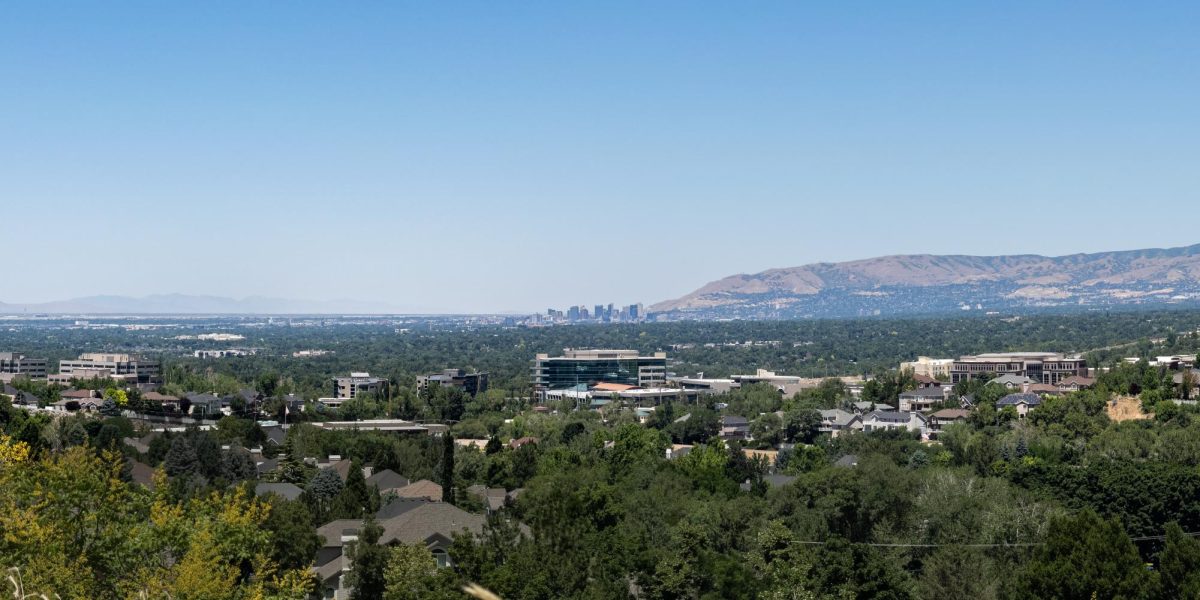Former U biochemist Venkatraman “Venki” Ramakrishnan was one of three scientists awarded the 2009 Nobel Prize for chemistry for his work with ribosomes8212;which began on campus.
Ramakrishnan used X-rays to examine the three-dimensional structure of crystallized ribosomes. Ribosomes translate genetic code and create proteins, according to a U press release.
Until now, a clear picture of the structure of a ribosome was not available. Ramakrishnan shares his Nobel Prize8212;which includes $1.4 million8212;with Thomas Steitz of Yale University and Ada Yonath from Israel, whose work maps ribosomes on the atomic level, allowing scientists to develop more specifically targeted antibiotics.
Dana Carroll, a professor of biochemistry, said he is pleased about Ramakrishnan’s outstanding work.
“We can’t take much credit for his work,” Carroll said.
Ramakrishnan began his research and published his first paper reflecting his work with ribosomes while he was a junior faculty member at the U. Ramakrishnan worked at the U from 1995 to 1999 and moved to Cambridge, England, in 2000.
Tom Parks, vice president for research, said Ramakrishnan has mentioned the U as being important to his research. Ramakrishnan’s recognition means the U recruits faculty who do extraordinary things, even after they move on, Parks said.
The paper that earned him the Nobel Prize was published after he had moved to Cambridge. While at the U, Ramakrishnan worked in conjunction with graduate students and post doctorate fellows on the research that led to it.
Carroll said that because of the high risk of his work, Ramakrishnan was concerned about long-term funding. In the United States, funding is made available through federal grants and private donors, Carroll said.
“He didn’t know if he could keep the support he needed stable, long-term,” Carroll said of the reason Ramakrishnan moved to Cambridge.
In addition to financial reasons, the high-profile Medical Research Council Laboratory of Molecular Biology in Cambridge was another draw for Ramakrishnan, Carroll said.
“It’s a well-known unit for high risk, high pay-off projects,” Carroll said.
A number of Nobel laureates have worked at the MRC Lab in Cambridge, including Francis Crick and James Watson, who discovered the existence of DNA, Carroll said.












